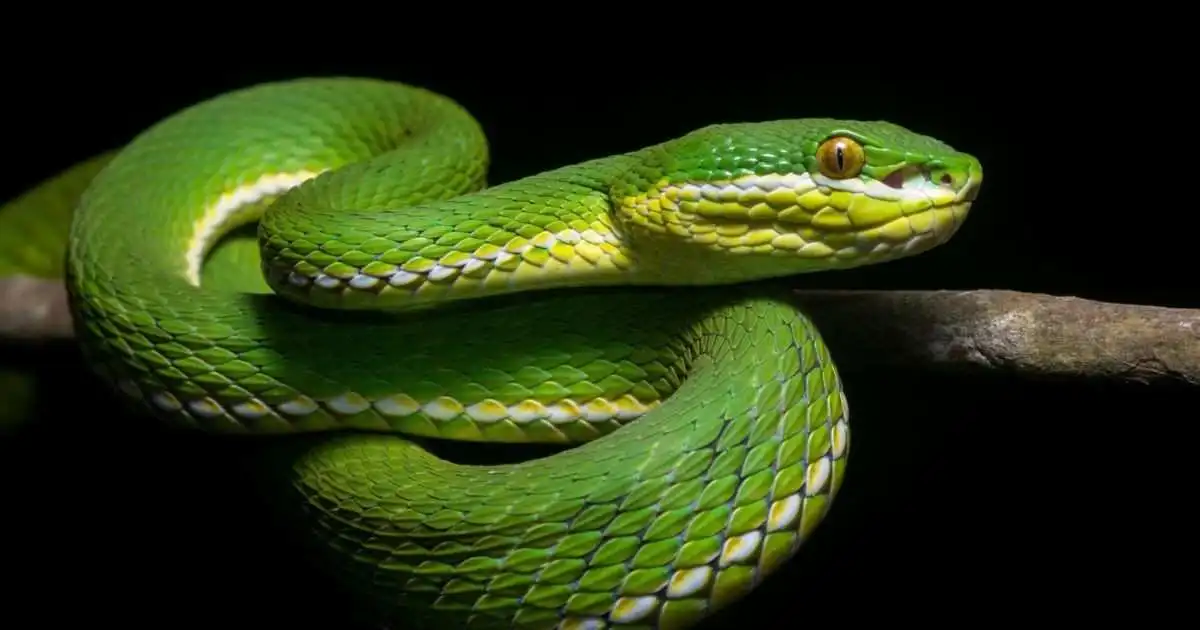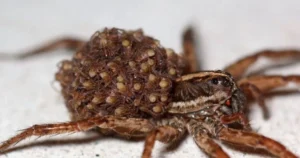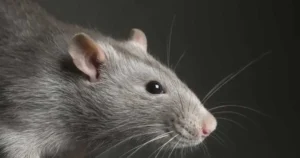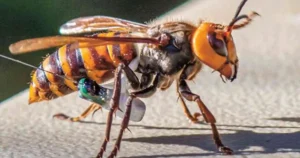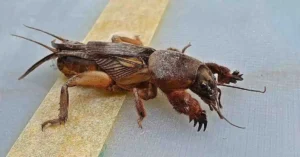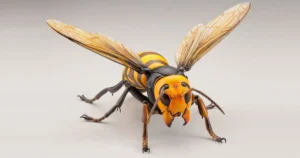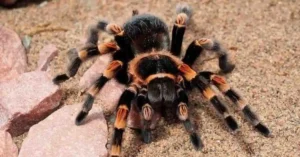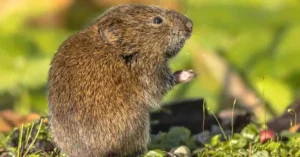Snakes are fascinating creatures that play an important role in the ecosystem, but when they invade your property, they can cause fear and anxiety. Whether harmless or venomous, snakes can be dangerous to humans, pets, and livestock. While chemical methods exist to deter snakes, many prefer natural, non-toxic solutions. This guide provides natural ways to keep snakes out of your property, including preventive measures, natural repellents, and snake removal methods.
Understanding Snake Behavior and Why They Invade Properties
Snakes are typically attracted to properties for three main reasons: food, water, and shelter. When they find an area abundant in any of these, they may take up residence. Understanding what attracts snakes can help you make your property less inviting.
- Food: Snakes often seek out small animals like rodents, birds, or insects. If your property harbors these animals, you may be attracting snakes.
- Shelter: Snakes are cold-blooded creatures, and they look for cool, dark, and sheltered places to rest. Piles of debris, wood, rocks, or tall grass can provide the perfect hiding spot.
- Water: Snakes need water to survive, so any standing water on your property, like puddles, birdbaths, or ponds, may attract them.
To avoid snake invasions, it’s essential to remove these attractants and take proactive measures to keep them away.
Types of Snakes That May Invade Your Property
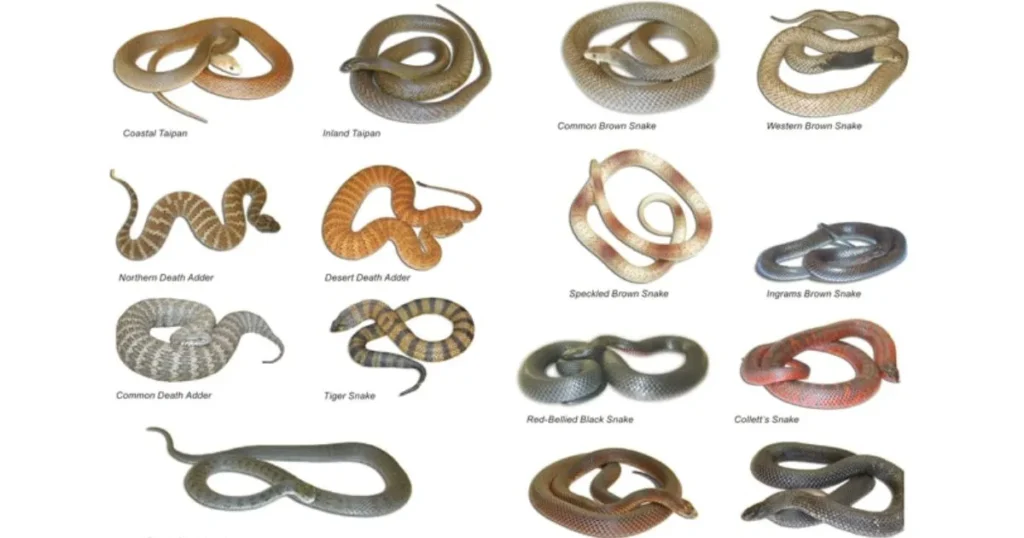
There are hundreds of snake species across the world, but only a few commonly invade properties. While many snakes are harmless, a few are venomous and pose a danger to humans. Some common types of snakes include:
- Garter Snakes: These are non-venomous and quite common in many yards. They help control pests by feeding on small rodents and insects.
- Copperheads: A venomous species that can be found in woodlands or gardens. They are often hidden in dense, dry areas like fallen leaves and rocks.
- Rattlesnakes: These venomous snakes are characterized by their rattles and are found in a variety of habitats, including deserts, forests, and grasslands.
- Corn Snakes: Generally harmless, corn snakes are known for their bright coloring and are commonly found in rural or suburban areas.
- Water Snakes: These snakes are typically found around bodies of water such as ponds and streams. While non-venomous, they can be large and intimidating.
Knowing the types of snakes in your area is important for identifying potential threats and taking the appropriate steps for removal or deterrence.
1. Keep Your Yard Clean and Tidy
A clean and well-maintained yard is one of the most effective ways to prevent snakes from taking refuge in your space. Snakes love to hide in tall grass, overgrown bushes, or piles of debris. To make your yard less attractive to snakes, follow these tips:
- Mow the Lawn Regularly: Keeping your grass short eliminates potential hiding spots. Snakes prefer to stay concealed, and tall grass provides them with a perfect environment.
- Trim Shrubs and Bushes: Dense shrubs and bushes close to your house offer shade and shelter. Regularly trim overgrown plants to reduce potential hiding spots.
- Remove Debris: Piles of wood, leaves, or rocks are ideal for snakes looking for shelter. Clear away any debris in your yard, particularly around your home’s foundation.
2. Seal Entry Points Around Your Property
To prevent snakes from entering your home or other buildings, make sure all potential entry points are sealed. Snakes can fit through small cracks or holes, so be thorough when inspecting your property.
- Inspect for Gaps: Check the foundation of your home, doors, windows, and vents for cracks or gaps. Even small openings can allow a snake to enter.
- Seal Gaps and Holes: Use caulk, weatherstripping, or mesh to seal any gaps. Pay special attention to areas around doors and windows, and ensure vents and chimneys are properly sealed.
- Install Snake-Proof Mesh: Consider installing snake-proof mesh around vents, drains, and other openings that could provide access for snakes.
3. Use Natural Snake Repellents
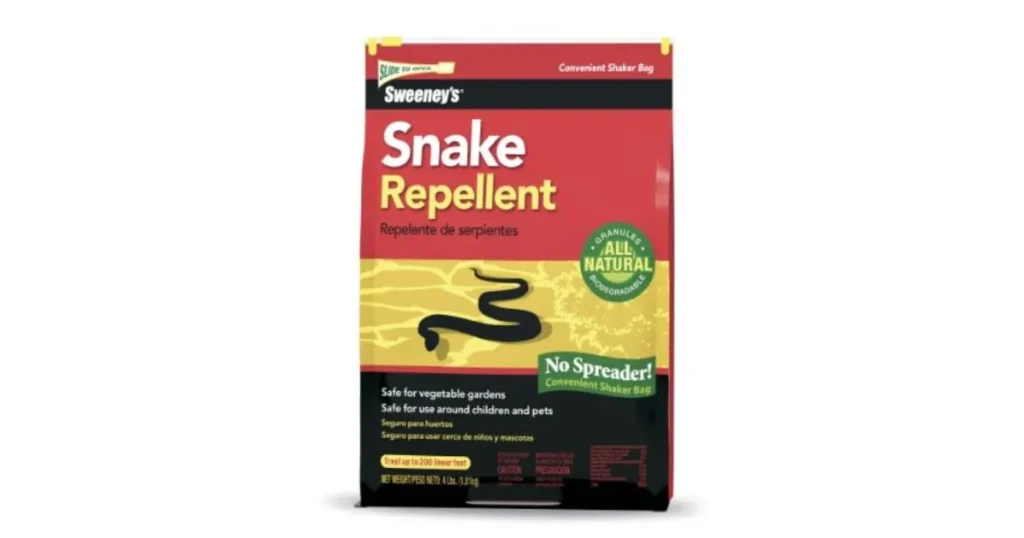
There are several natural repellents that can help keep snakes away. These substances are effective because they emit smells that are unpleasant or irritating to snakes, discouraging them from entering your property.
- Cinnamon and Cloves: Snakes dislike the strong smell of cinnamon and cloves. Sprinkle a mixture of cinnamon and ground cloves around the perimeter of your yard or garden.
- Garlic and Onion: Crushing garlic or onions and placing them around your property can create an unpleasant odor that deters snakes. You can also make a spray by mixing garlic or onion with water.
- Essential Oils: Peppermint oil, clove oil, and cinnamon oil can be mixed with water and sprayed around your garden, yard, or entry points to repel snakes.
- Naphthalene: Although not completely natural, mothballs made from naphthalene are a common repellent. However, they can be toxic to pets and children, so use them with caution.
4. Remove Food Sources (Especially Rodents)
Since snakes are carnivores, they are attracted to areas where they can find food. The primary food source for many snakes is small rodents like mice, rats, and rabbits. By controlling rodent populations, you can make your property less attractive to snakes.
- Set Rodent Traps: Use traps to catch and remove rodents from your yard. This can be especially effective if you’ve noticed signs of rodent activity.
- Seal Food Sources: Make sure to store pet food and trash securely in sealed containers. Avoid leaving food out, as it can attract both rodents and snakes.
- Clear Rodent Shelters: Remove any potential rodent shelters, such as wood piles, debris, or dense vegetation. Snakes often follow their prey, so eliminating these shelters will discourage snakes from entering.
5. Install a Snake-Proof Fence
A physical barrier can be an effective way to keep snakes out of your yard. Installing a snake-proof fence around your property will prevent them from entering and make it more difficult for them to find shelter. Here’s how to do it:
- Height: The fence should be at least 3 feet tall. Snakes can climb low barriers, so it’s important that your fence is tall enough to prevent them from getting over.
- Buried Edge: Bury the bottom of the fence at least 6 inches into the ground. Snakes are known to crawl under fences, so this will make it harder for them to slip through.
- Mesh Size: Use fine mesh, such as hardware cloth, with openings no larger than 1/4 inch to ensure snakes cannot slip through the gaps.
6. Encourage Natural Predators
Certain animals are natural predators of snakes and can help keep their population in check. Encouraging these predators to live around your property can be an effective, natural way to manage snake populations.
- Install Birdhouses: Birds of prey, such as hawks and owls, are known to hunt and eat snakes. Installing birdhouses or owl boxes on your property can attract these predators.
- Promote Biodiversity: Maintaining a variety of wildlife on your property, including animals like foxes and certain lizards, can help reduce the number of snakes. These animals naturally hunt snakes, helping keep their numbers down.
7. Create Barriers with Landscaping
Certain landscaping strategies can create natural barriers that discourage snakes from entering your yard. Here are a few ideas:
- Use Gravel: Snakes are not comfortable slithering on rough, sharp surfaces like gravel. Laying down a gravel pathway around the perimeter of your yard can discourage snakes from entering.
- Plant Thorny Bushes: Dense, thorny bushes like holly or rosebushes can deter snakes from entering your yard due to the difficulty of moving through them.
8. Regularly Inspect Your Property
Frequent inspections of your property can help you spot any potential snake problems early. Look for signs of snake activity such as shed skin, droppings, or tracks. Early detection allows you to take quick action to prevent snakes from settling in.
9. Snake Removal Methods
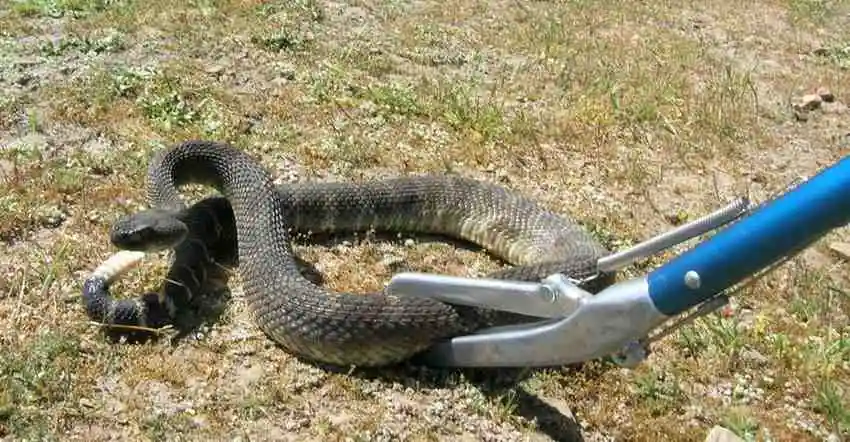
If you find a snake on your property, there are several ways to remove it safely:
- Use Snake Traps: Snake traps can be effective for capturing snakes without harming them. Place the traps near entry points or where you’ve seen snake activity. Check the traps frequently to avoid leaving the snake trapped for too long.
- Call a Professional: If you’re unsure how to handle a snake or if it’s venomous, it’s best to contact a professional pest control service. Wildlife experts have the knowledge and equipment to safely remove snakes.
Conclusion
Keeping snakes out of your property naturally is not only safer for the environment but also for your family and pets. By maintaining a tidy yard, sealing entry points, and using natural repellents, you can make your home less inviting to these creatures. Encouraging natural predators and using physical barriers can further discourage snake activity. With these strategies, you can create a snake-free environment while preserving the balance of nature.
FAQs
How do I identify venomous snakes on my property?
Venomous snakes often have specific characteristics, such as triangular heads, distinct color patterns, or a rattle at the tail. However, it is best to avoid approaching any snake. If in doubt, contact a professional.
What is the best way to remove a snake from my home?
If you find a snake inside your home, do not attempt to handle it yourself. Call a wildlife removal professional to safely remove the snake. If you can, keep a safe distance until help arrives.
Can snake repellents harm pets?
Some snake repellents, such as mothballs, can be harmful to pets. Always use natural repellents and avoid chemicals that can be toxic to animals.
How can I prevent snakes from returning?
Ensure that all entry points are sealed, remove food sources, and maintain a clean, tidy yard. Using snake-proof fencing can also create a strong physical barrier that keeps snakes away for good.

James William is a passionate animal lover and expert in the Animals and Pets niche. With years of experience in pet care, wildlife studies, and blogging, James shares practical tips, heartwarming stories, and expert advice to help pet owners build stronger bonds with their furry, feathered, and scaly companions.
